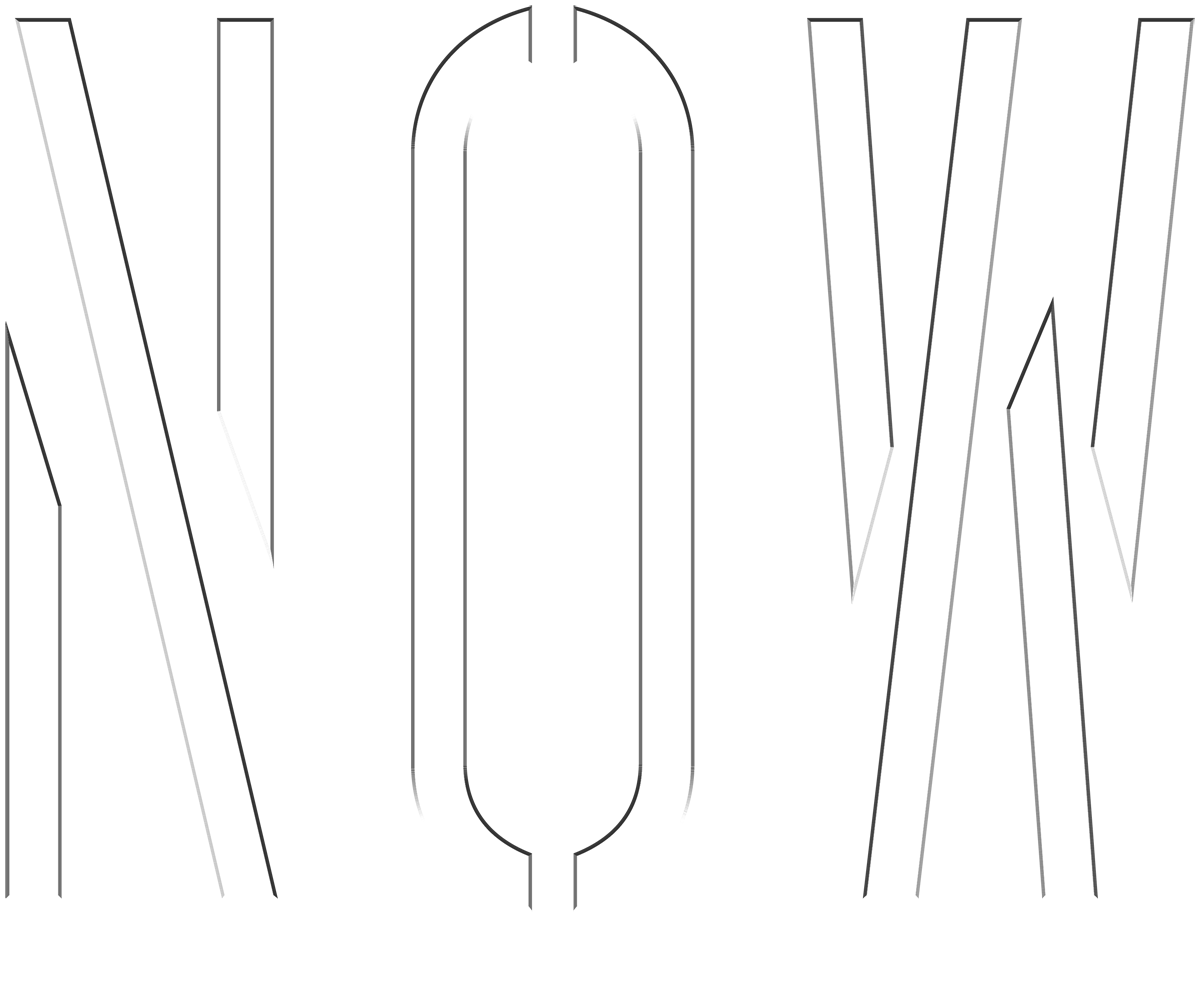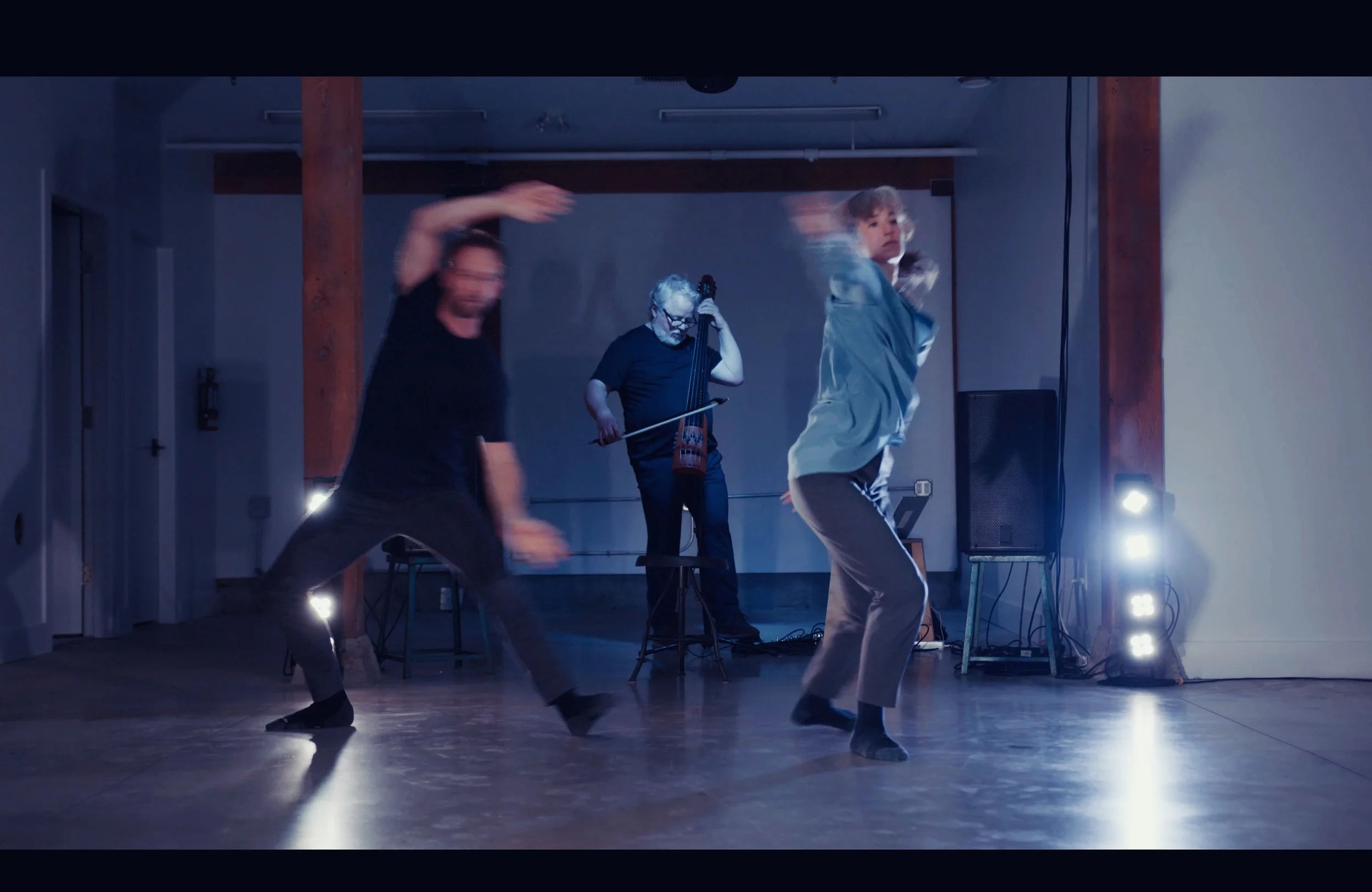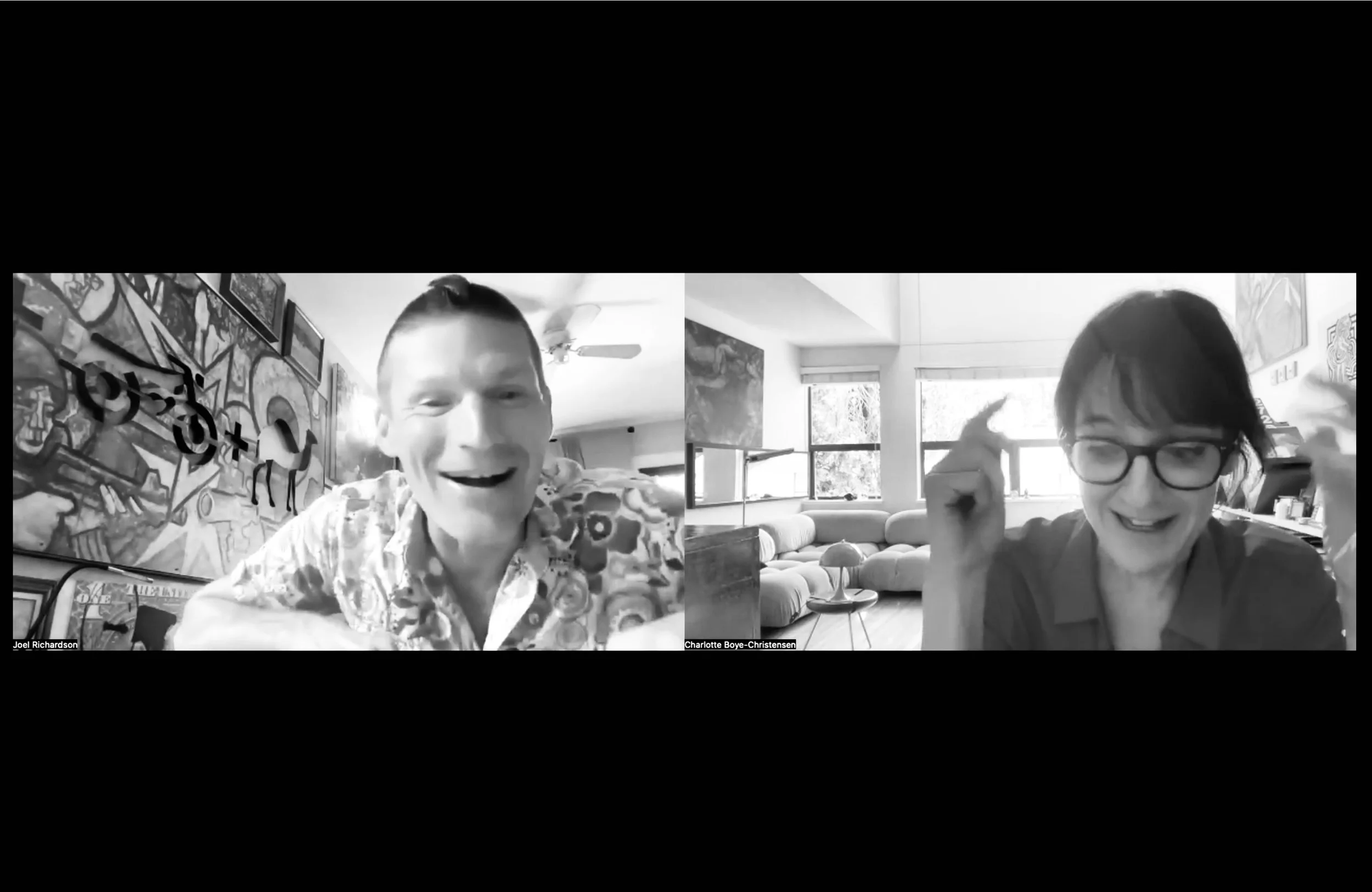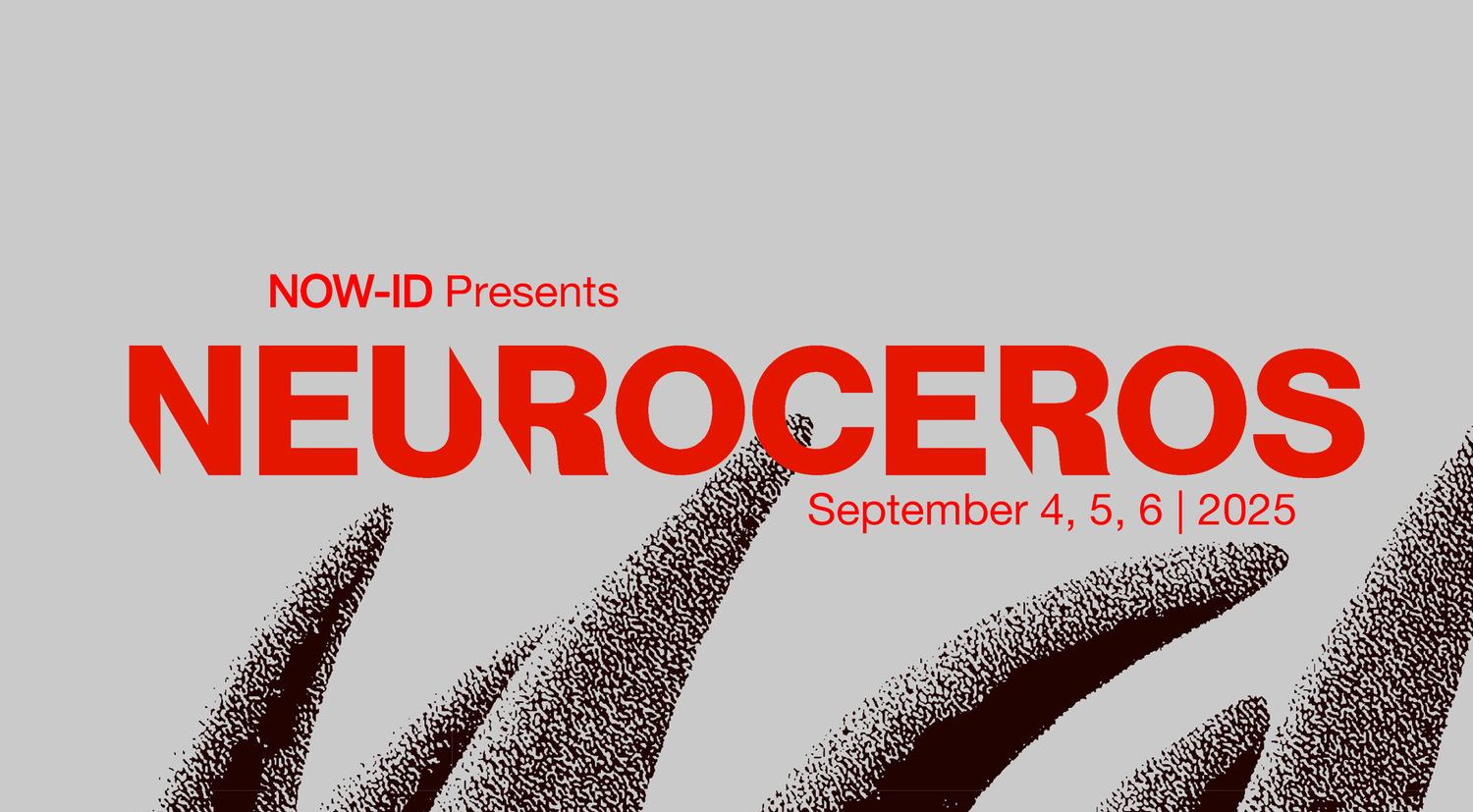It made me sad to hear of my friend David Kranes's passing. I first met David in 2009. David and I spent a couple of hours together that first afternoon at Cucina’s, talking about art, books, dance, and life. That initial meeting marked the beginning of what would become an incredibly impactful friendship.
Nathan and I spent many evenings at David and Carol's house in the Avenues discussing art and current affairs, with both depth and good humor. David came to every one my performances after we met, until he physically couldn’t make it anymore to some of our odder locations. He always had something unique and thoughtful to say about my work and I so appreciate that. It was obvious he paid attention, and he spoke from the heart. David connected me with several people in both Utah and beyond who have had a tremendous impact on my career.
I admire David’s career - as a published author (he did JUST finish another book!) and as professor from the University of Utah. He had also spent fourteen years directing the Playwrights’ Lab at Robert Redford’s Sundance Institute, and advised… on the layout of casinos (?!). More than anything, perhaps, I admire his capacity as a mentor, and he had been a mentor to so many, to renowned actors and playwrights, to Nathan and I.
David, Nathan, and I collaborated on two staged dance productions. Touching Fire premiered in 2010 and explored themes of creativity and madness, enhanced by layering in David’s haunting and beautiful stories about relationships, in his penetrating, gentle and not quite gravelly voice. The second piece But, Seriously premiered in 2011 and featured David’s close friend, the actor Ethan John Phillips. We have so much video of the four of us in our old backyard, capturing and laughing at Ethan’s seemingly infinite number of memorized jokes and one-liners.
Over the years, David remained a mentor and friend, consistently offering feedback, critique, insight, guidance, and support. He had a profound understanding of the body’s potential for expression and an extraordinary ability to recognize the strengths of a piece and the authenticity of performers. He guided artists with remarkable presence, intuition, humor, and generosity.
He once said, “What’s the opposite of ‘harm’? Mentors should be aiming to achieve that. When I teach well, I feel clean.”
When I visited David and Carol at the Legacy in Salt Lake City, in spite of, in his own words, his bones having become crackers, I was always moved by how present David was when we spoke. He wrote until the very end, always asked to see what I was making, and kept offering his openness to new collaborations. Though his body weakened, his mind and creativity remained as dynamic and curious as ever. I asked him once who inspired him and he said: “I'm inspired by artists who give almost as much of their energy attempting to be good people--good citizens in the world--as in being good artists.”
Nathan and I loved him deeply, and we will miss him.
Charlotte



















































